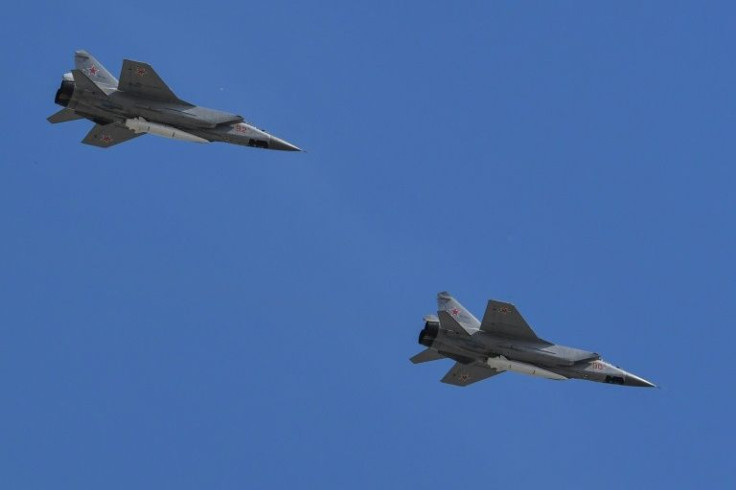Japan-US Joint Hypersonic Missile Initiative To Counter China, Russia And N. Korea's Threats

Japan and the United States have reportedly decided to jointly develop a new type of missile to intercept hypersonic and ballistic missiles being advanced by China, Russia, and North Korea.
The agreement between Tokyo and Washington is set to be formalized on the sidelines of the upcoming trilateral summit involving the United States, Japan, and South Korea. The trilateral meeting is scheduled to be held at Camp David on Aug. 18, the Japanese newspaper Yomiuri Shimbun reported. The missile project marks the second collaborative effort between Japan and the United States to develop an interceptor missile, following the completion of the SM3 Block 2A in 2017.
Reacting to the upcoming trilateral meeting, the Chinese Foreign Ministry's spokesperson Wang Wenbin said that the summit's primary objective appears to be centered around escalating confrontation and weakening the strategic security of other nations.
"China is opposed to relevant countries' patchwork of small circles that are heightening confrontation and undermining other countries," Wang said, according to Eurasian Times.
Tokyo and Washington are aiming to develop the interceptor missile within 10 years. The missile's design will focus on intercepting hypersonic projectiles prior to their descent phase, a critical time when certain projectiles alter their flight paths unpredictably to evade interception, The Japan Times reported.
During the summit, President Joe Biden, Japanese Prime Minister Fumio Kishida and South Korean President Yun Suk Yeol will also "agree to a mutual understanding about regional responsibilities and set up a three-way hotline to communicate in times of crisis," Reuters reported, citing unnamed officials.
The missile initiative also aligns with Japan's broader endeavor to establish "counterstrike" capabilities, encompassing the acquisition and domestic development of an array of missiles such as cruise, air-to-ground, land attack, hypersonic, and anti-ship variants. These capabilities are intended to target Chinese and North Korean missile installations.
Furthermore, this endeavor corresponds with previous exercises and military maneuvers that have outlined Japan's involvement in potential U.S. military interventions within the western Pacific region. These include missile defense exercises, with the most recent one taking place on June 25.
Hypersonic weapons exhibit velocities that are fivefold the speed of sound (Mach 5) and maneuver at low altitudes along unpredictable flight paths. These attributes pose challenges for detection using current radar systems and present difficulties for interception.
China has undergone multiple trials of its DZ-ZF Hypersonic Glide Vehicle (HGV) since 2014, while Russia has employed its Khinzhal aero-ballistic missiles in various instances within Ukraine. Meanwhile, North Korea has conducted successive launch tests of its nuclear-capable ballistic missile since September 2021.
As of now, Russia and China stand are the only nations possessing operational hypersonic missiles. In contrast, the United States has encountered challenges with its initiatives, such as the Air-Launched Rapid Response Weapon (ARRW), facing several setbacks that suggest a relative lag in this domain.
© Copyright IBTimes 2024. All rights reserved.




















